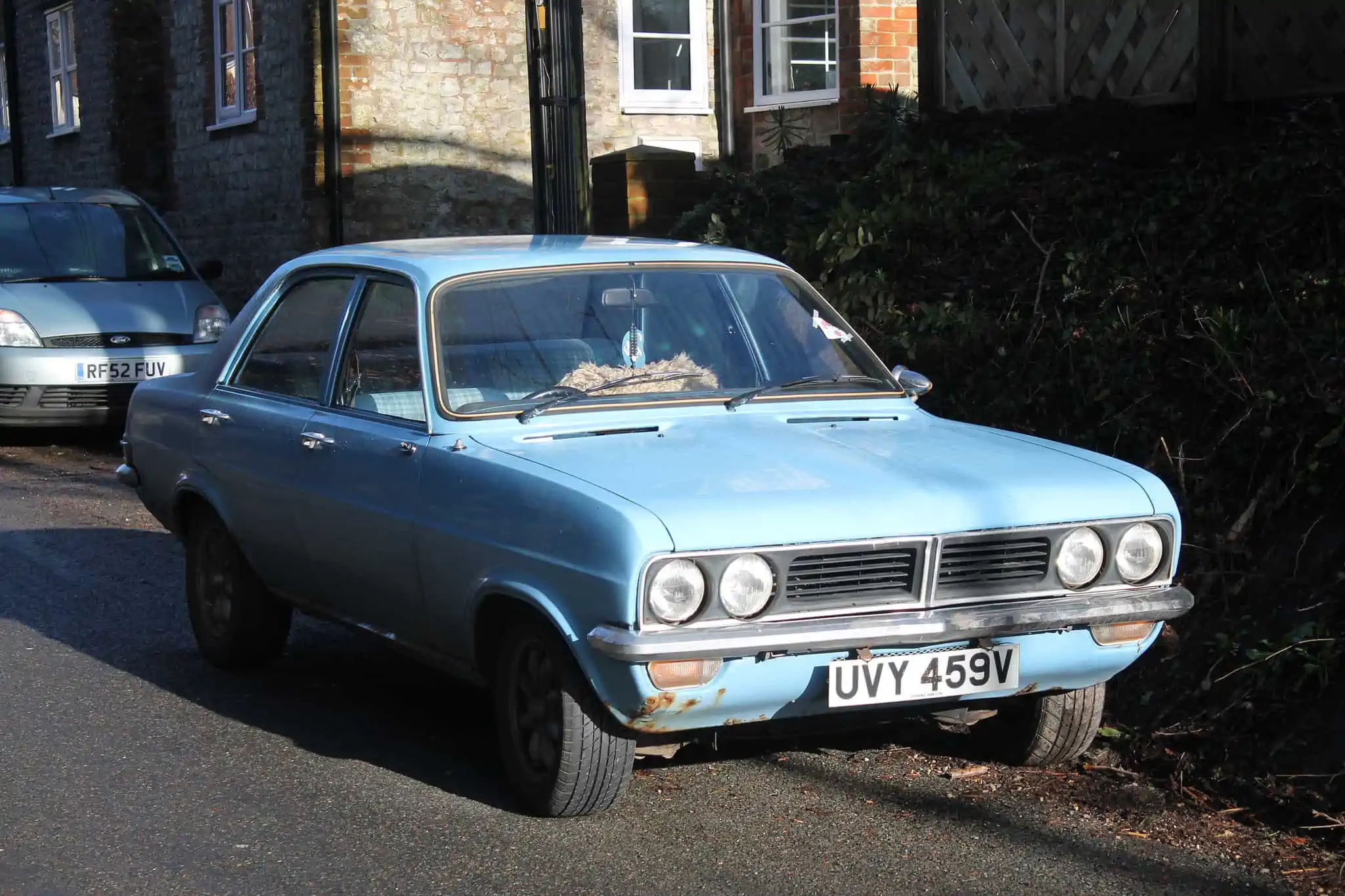The average age of cars on the road today is 11.8 years. Vehicle manufacturers are building cars to last longer, but it’s up to you to make them last. There was a time when the average car lifespan was about 100,000 miles.
These days though, you could aim to get 200,000 miles out of your car. Some will make it; others won’t. To ensure your vehicle lasts as long as possible, you want to perform regular maintenance tasks.
Follow this guide to ensure your car lasts as long as possible.
What Vehicles Last the Longest?
The longest-lasting vehicles are trucks and SUVs. This makes sense since these are quickly rising in popularity, and this is where manufacturers are focusing their attention. There are a few vehicles that stand out for their ability to last over 200,000 miles.
- Ford F250 Super Duty
- Chevrolet Silverado 2500HD
- Chevrolet Suburban
- Toyota 4Runner
- Ford Expedition
Some cars have notably long lifespans. The Toyota Camry lifespan is easily well over 200,000 miles if you take care of your car.
Manufacturer’s Maintenance Schedule
The first place to start is with the manufacturer’s maintenance schedule. After all, they’re the ones who built the car and did all of the testings. They are the best ones to know what it takes to make your car last.
Change the Fluids
You should change your oil regularly based on the manufacturer’s instructions. This is typically done every 3,000 to 6,000 miles. You should also use synthetic oil instead of petroleum-based oil. Synthetics perform better by lubricating and cleaning your engine.
You should also pay attention to when you need to change the transmission fluids and filters. These need to be done less often but will ensure your transmission runs smooth.
Drive Less
This doesn’t mean not using your car. What you should do is plan your trips and combine your errands. That way, instead of taking several separate trips, you take one.
This will reduce the wear and tear on your car and require you to drive fewer miles overall.
Keep It Clean
Giving your car a weekly wash does more than keeping it looking beautiful. It also removes the debris and salt buildup that corrodes the metal of your vehicle. Less corrosion means the primary components like the frame stay in working condition longer.
Check the Suspension
Keep an eye on your vehicle’s wheels, tires, suspension, and bearings. All of these components experience wear and tear. If ignored, they create further problems that are more expensive to fix.
Replace your tires when you see that the tread has worn away to the change tire indicator. When you do this, have your car aligned. Check that the suspension bearings and bushings aren’t deteriorated so that they can effectively cushion your ride.
Extend the Average Car Lifespan
By knowing what the average car lifespan is, you can combat it. Follow the manufacturer’s instructions and perform regular maintenance on your vehicle. Remember to change out the parts that wear out and keep an eye on the others.
Check out the cars section of our blog for more helpful automotive related articles like this one.

